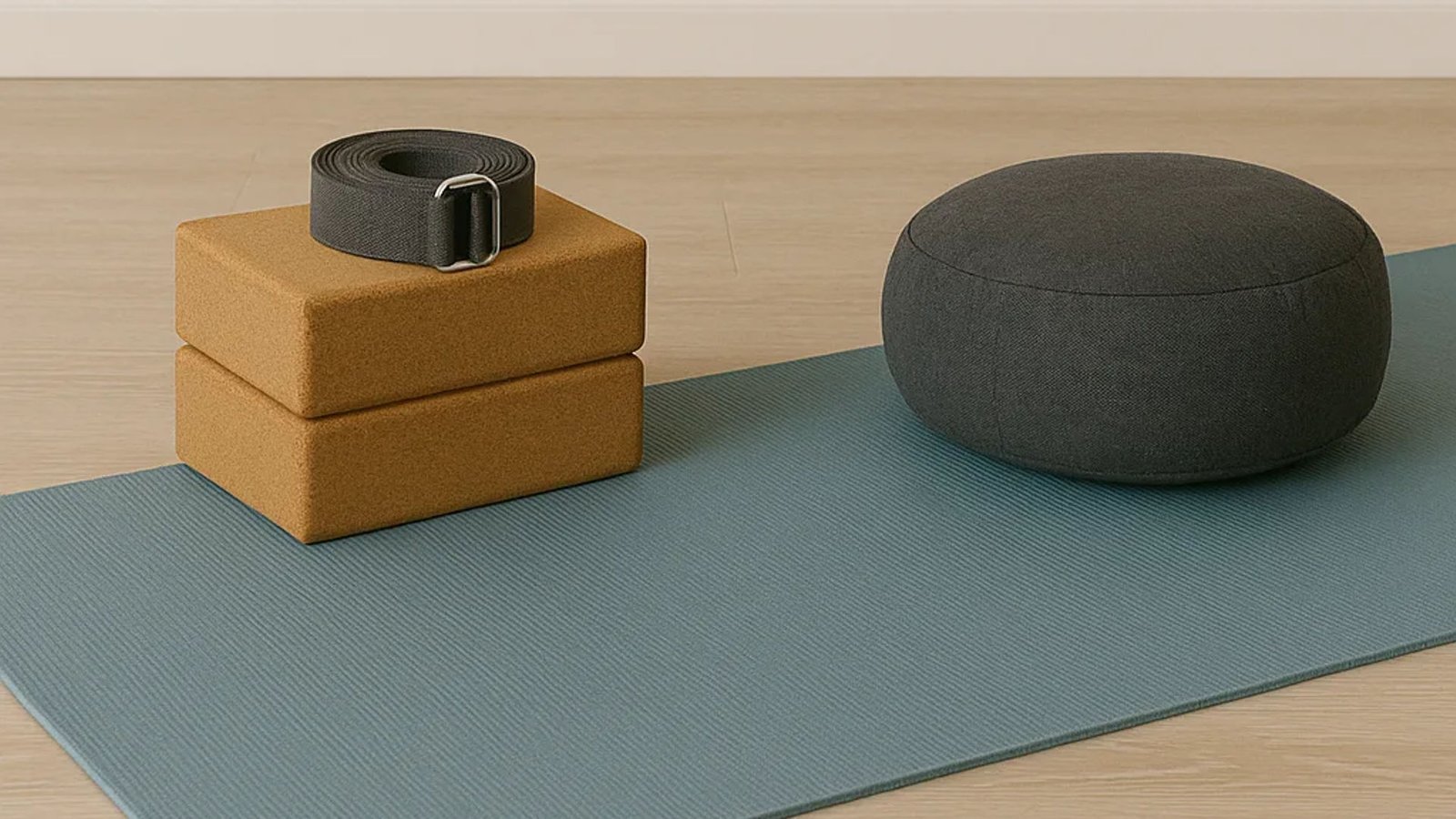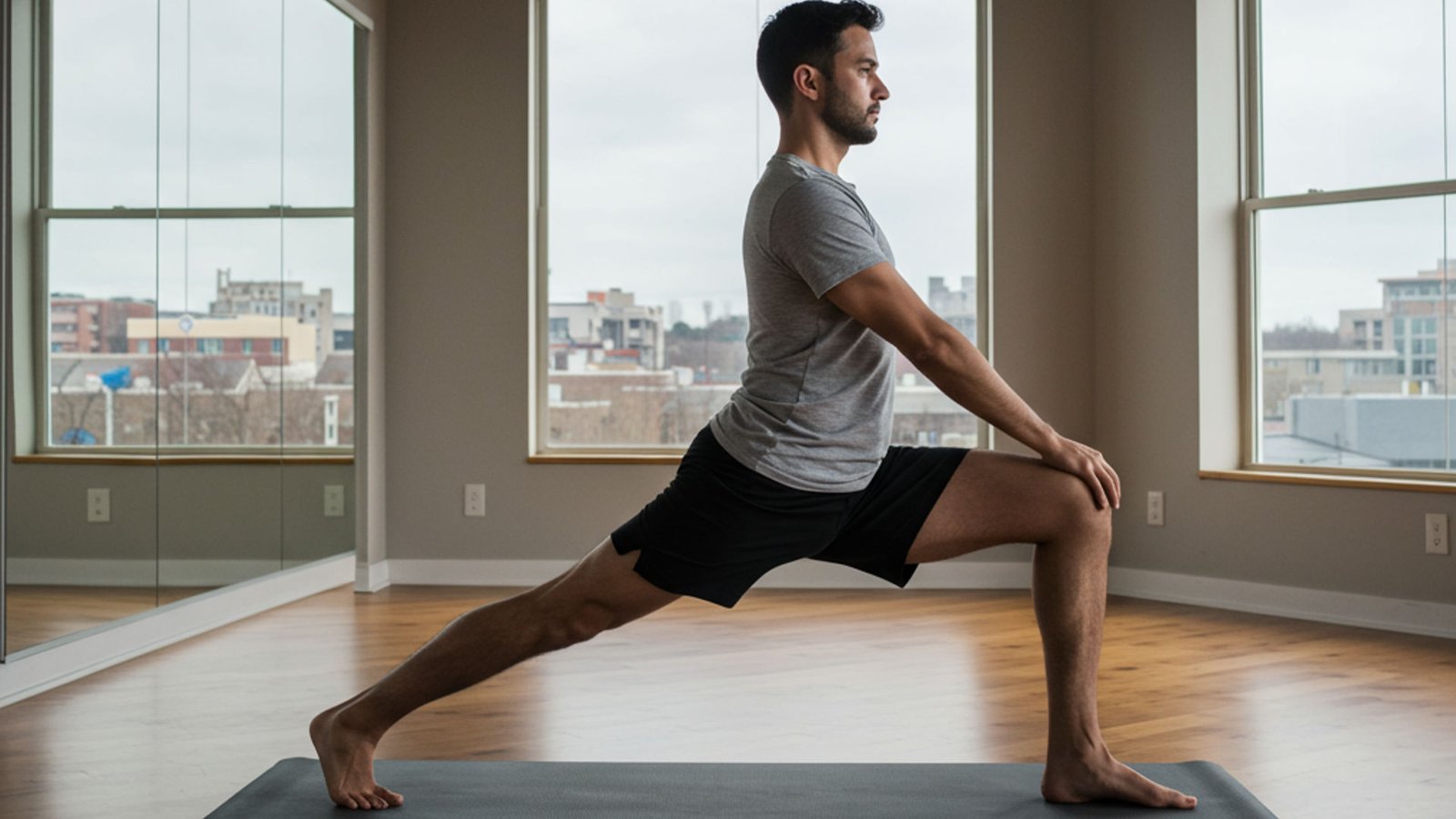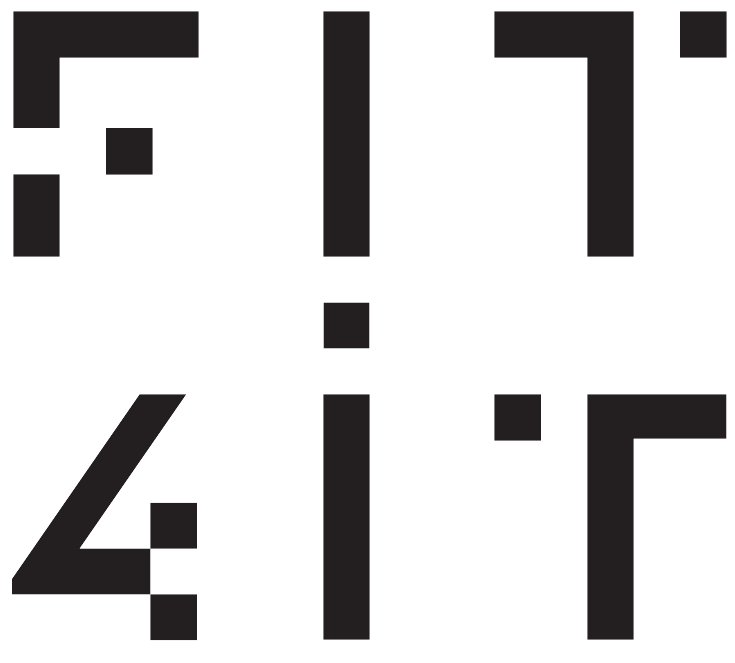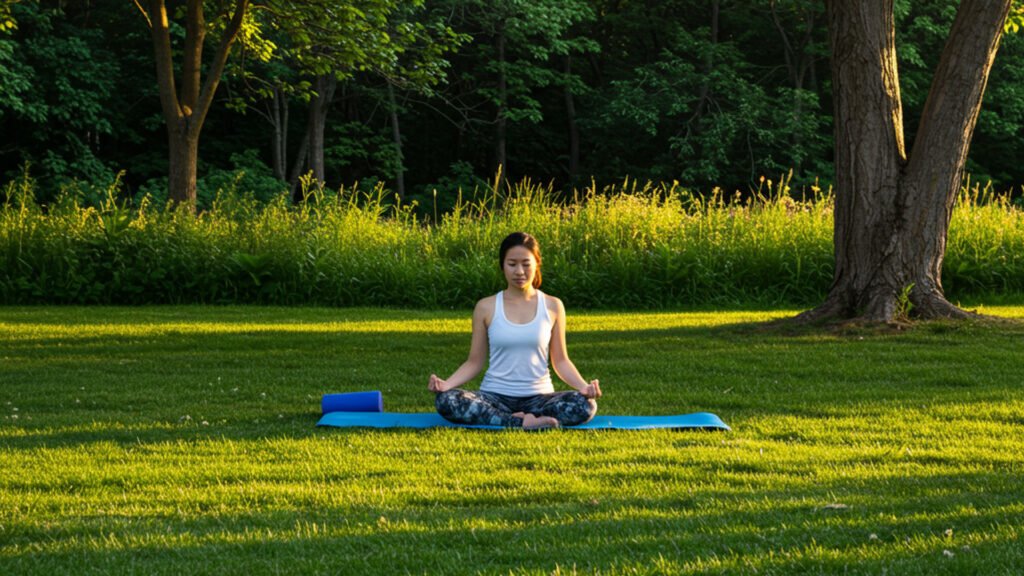Struggling to shake off morning laziness, or simply lacking the motivation to start your day, even after getting a good night’s sleep? Well, you are not the only one; it’s a common struggle that many of us face daily. What if I told you there was a better, more natural way to start your day with energy? The answer to all these questions is a morning yoga routine.
To deal with this problem, you must develop the habit of practicing yoga daily in the morning. A 2024 study found that 15 minutes of yoga boosts energy level by 20%. This practice will help you be more connected with your mind and body, and help in removing the feeling of low energy. And if you’re someone who prefers a more guided, one-on-one approach to building healthy habits, working with a personal trainer can help you stay consistent and tailor a fitness routine that aligns with your unique energy levels and goals.
For those unaware, yoga is a powerful tool for cultivating presence, strength, and inner peace. With this in mind, this blog will describe a meaningful and effective morning yoga routine for energy to clear that mental fog, boost energy level, and start the day on a positive note.
Benefits Of A Morning Yoga Routine

Yoga preparation tools
The first and foremost benefit of a morning yoga routine is that it replaces drinking coffee, which does help in waking you up in an instant; however, it often comes with a caffeine addiction, jitters, and an eventual crash. Coffee can be replaced with a more natural option as morning yoga.
- The movements during yoga can help increase mobility, flexibility, balance, and overall better posture.
- Yoga is well known for improving flexibility and balance, benefits that are especially important as we age.
- It also helps build strength over time, making it a great all-around practice. Furthermore, starting your day with some movement, like yoga, can also boost your energy and reduce fatigue throughout the day.
- Studies have repeatedly highlighted the fact that yoga helps decrease the stress hormone Cortisol. It is sometimes recommended as an exercise to reduce anxiety and depression.
- Yoga has been known to reduce stress, improve focus, and elevate your body. It helps to cut through the noise and focus your mind on what’s important. Even short meditation/yoga breaks can improve focus and concentration.
What Morning Yoga Routine Should You Follow?
Warm-Up (5 minutes)
- Sukhasana: Sit on a comfortable platform with your legs crossed and both palms placed on your knees. Get comfortable, loosen your shoulders and back, and close your eyes. Take some deep, controlled breaths and feel it go through your body. Try to let go of your worries and focus on the exercise.
- Neck Rolls and Shrugs: Stay in the same pose and roll your neck around your shoulders and chest. Tilt your head to the right until it’s close to your right shoulder. Then move it towards the center of your chest, and then take it to your left shoulder. Then shrug your shoulders as much as you can and drop them again into a comfortable position. Do this 3-5 times.
- Cat-Cow (Marjaryasana-Bitilsana) pose: Go down on all fours like a cat. On an inhale, drop your belly, lift your chest, and tailbone (Cow Pose). On an exhale, round your spine, tuck your chin to your chest, and draw your navel towards your spine (Cat Pose).
- Thread the Needle (Urdhva Mukha Pasasana) pose: Stay on all fours, raise your right arm and bring it under your chest, and keep going until it’s out to the other side, and hold this position. Repeat with the other arm.
Energize (10-12 minutes)
- Adho Mukha Svansana (Downward-facing dog): Go on all fours and move your middle body upward, changing your body into an opposite V. Stretch your arms forward and turn your body inwards towards your stomach. You can also bend your knees one by one to stretch your hamstrings.
- Surya Namaskar A (Sun Salutation-A): This exercise combines different poses and makes you go through all of them in a series. The steps are as follows:
- Tadasana (Mountain-Pose): Stand upright and stretch your arms above your head backwards and stand on your tip toes.
- Urdhava Hastasana (Upward-Salute): Stand upright, stretch your arms above your head, and bring your palms together.
- Uttanasana (Forward Fold): Stand upright and bend forward from your hips until your arms touch your toes and hold this position.
- Ardha Uttanasana (Halfway Lift): Stand upright and bend forward from your hips until your back is flat and your arms touch your knees.
- Chaturanga Dandasana (Four-Limbed Staff Pose): Similar to a plank, except you use your palms to hold your body weight.
- Bhujangasana (Cobra pose): Lie flat on your stomach and pull your upper body upward until you somewhat resemble the L shape.
- Do all the above poses for at least 3-5 rounds.
- Anjaneyasana (Low Lunge): Imagine you are in the Cobra position, from there put one of your legs in front using it as support, then put both your hands in an upward position and hold it there.

A man doing the Anjaneyasana pose
- Virabhadrasana 2 (Warrior 2): From Downward-Facing Dog, step your right foot forward, spin your left heel down, and open your hips to the left. Inhale, lift your torso, and extend your arms parallel to the floor, gazing over your right fingertips.
- Trikonasana (Triangle-Pose): From Warrior II on the right side, straighten your right leg. Reach forward with your right hand, as you do hinge at your right hip, bringing your right hand to your shin, ankle, or a block.
- Paschimottanasana (Seated Forward Fold): Sit down with your legs extended in front of you. From there, bring your upper body forward and bend it until your arms can touch your toes. Stay in this position to have a full upper body stretch.
- Supta Matsyendrasana (Supine Spinal Twist): Lie flat on your back and bring your left knee up and move toward your right side while putting your left arm stretched out and moving your upper body to the left side. In essence, you are going in the opposite direction from your upper body. Do it with both sides.
- Savasana (Corpse Pose): As simple as it gets, just lie flat on your back with your palms facing upwards, close your eyes, and relax.
In conclusion, this morning’s yoga routine is just the start. The maximum benefits will come from making it a habit. You don’t have to start big. Begin with a few poses and gradually increase as much as you can. Getting into this habit will boost your energy and make you feel better daily.
Was this helpful?
Good job! Please give your positive feedback
How could we improve this post? Please Help us.






No Comments